Hotline
+86-136 8495 9862
Email:cennia@szmizhi.com
Add::104,Building 27,Third Industrial Zone, Longxi Community,Longgang District,Shenzhen,China.
Coil Forming & Handling Equipment
Surface Treatment Equipment
Solutions
Application
About Us

Welcome to MIZHI
For consultation/feedback, please call the service hotline: +86-136 8495 9862 Email:cennia@szmizhi.com
Our company is well received by customers with perfect solutions, good product quality, performance, and after-sales
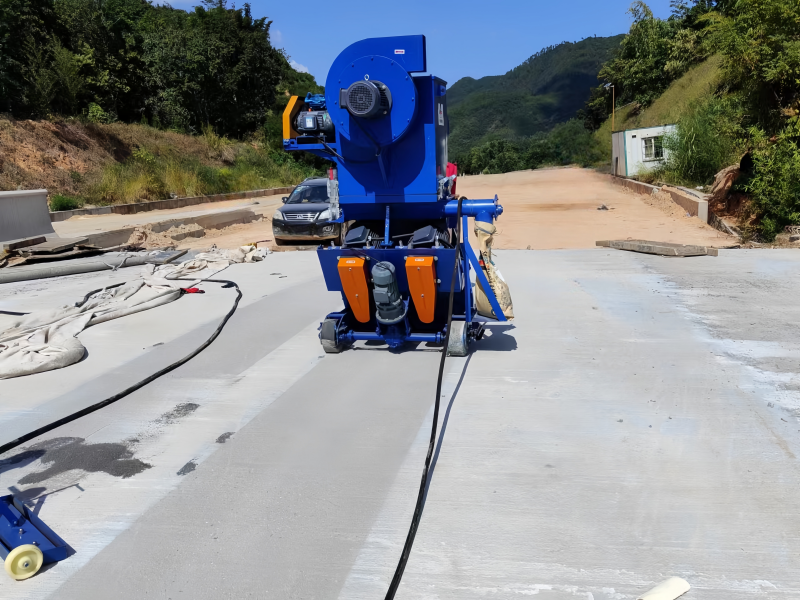
In the world of industrial and construction projects, surface preparation is a crucial step. One of the most effective tools for achieving a clean, textured, and ready to treat floor surface is the floor shot blaster. However, purchasing a floor shot blaster can be a significant investment, especially for projects that are either short term or require the use of the equipment only occasionally. This is where floor shot blaster rental comes into play. Renting a floor shot blaster offers a cost effective and flexible solution for contractors, DIY enthusiasts, and businesses looking to carry out surface preparation tasks without the burden of ownership. This guide will delve deep into the various aspects of floor shot blaster rental, including types of rental machines, factors to consider when renting, rental costs, and tips for a successful rental experience.

The floor shot blaster stands as a testament to industrial innovation, revolutionizing how concrete, steel, and asphalt surfaces are prepared for renovation, coating, or maintenance. These machines, designed to propel abrasive media at high velocity, offer a superior alternative to traditional grinding or chemical stripping, combining efficiency, precision, and environmental responsibility. From vast airport runways to confined industrial warehouses, floor shot blasters have become indispensable in sectors demanding high-quality surface preparation.
Chinese manufacturers have emerged as global leaders in floor shot blaster technology, integrating robust engineering with smart automation to meet the diverse needs of construction, manufacturing, and infrastructure maintenance. This overview delves into the mechanics, applications, and advancements of floor shot blasters, shedding light on why they have become the go-to solution for professionals seeking optimal surface treatment results.
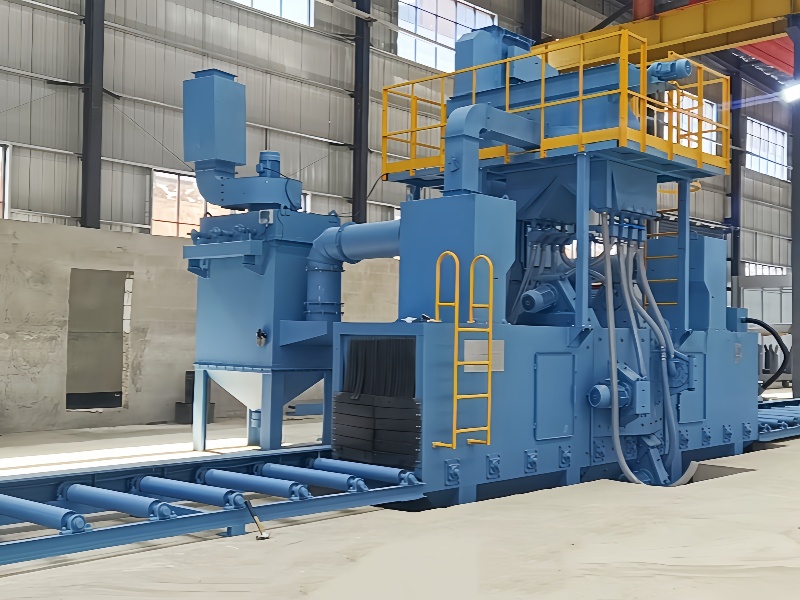
The "Floor shot Blaster" is a specialized piece of equipment used in a variety of industrial and construction applications, particularly for surface preparation. Whether it's for removing old coatings, preparing concrete floors for new finishes, or cleaning and profiling surfaces, proper preparation is crucial for optimal performance and safety. This in depth exploration will cover every aspect of preparing for the use of a floor shot blaster, from understanding the equipment itself to ensuring a safe and efficient working environment.
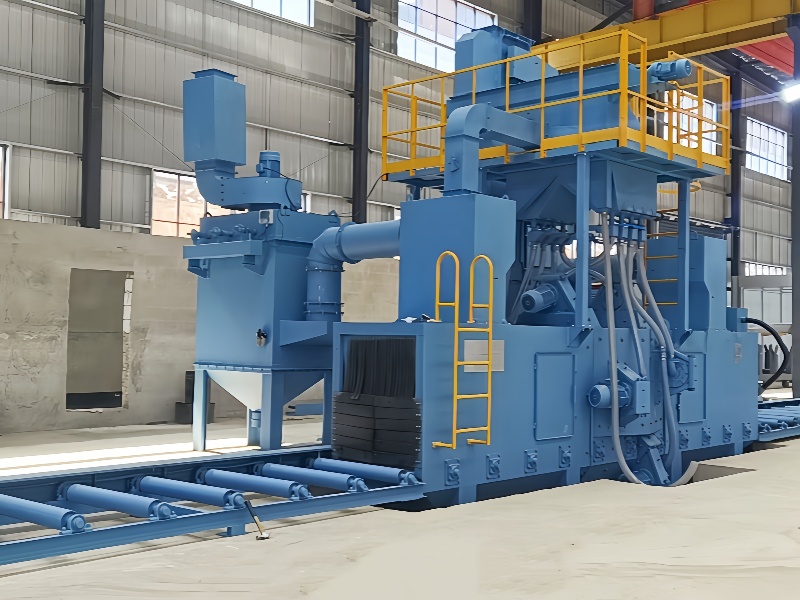
In the realm of industrial surface treatment, the floor shot blaster stands as a cornerstone technology for renovating and maintaining concrete, steel, and asphalt surfaces. This comprehensive guide delves into the mechanics, applications, and advancements of floor shot blasting machines, exploring how they remove contaminants, profile surfaces, and prepare substrates for coatings, overlays, or other treatments. From small-scale workshop renovations to large-scale airport runway maintenance, floor shot blasters have revolutionized surface preparation with their efficiency, precision, and versatility.
Designed to propel abrasive media at high velocity, these machines offer a superior alternative to traditional methods like grinding or chemical stripping. Chinese manufacturers, at the forefront of innovation, have developed floor shot blasters that combine robust engineering with smart automation, setting new standards for productivity and environmental compliance. This guide aims to equip industry professionals, engineers, and operators with the knowledge to select, operate, and maintain floor shot blasters effectively.
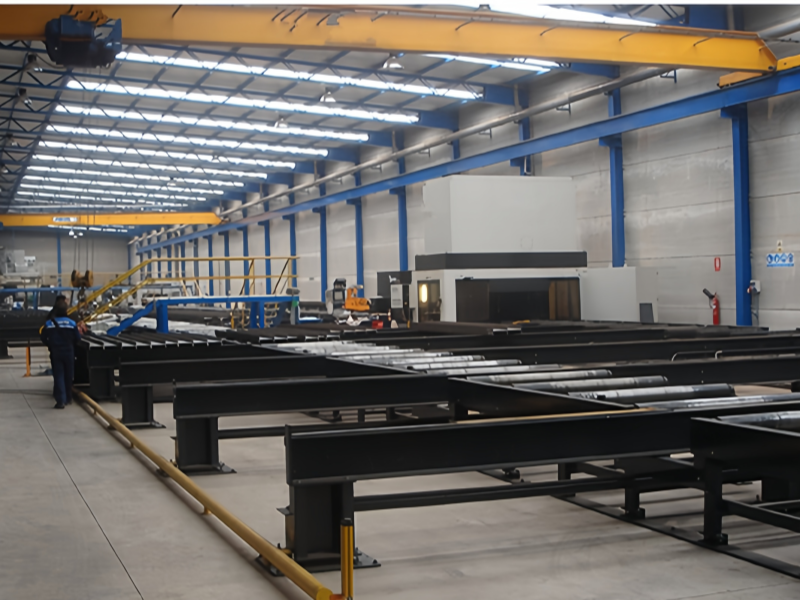
The "Floor shot Blaster" is a specialized piece of equipment used in a variety of industrial and construction applications, particularly for surface preparation. Whether it's for removing old coatings, preparing concrete floors for new finishes, or cleaning and profiling surfaces, proper preparation is crucial for optimal performance and safety. This in depth exploration will cover every aspect of preparing for the use of a floor shot blaster, from understanding the equipment itself to ensuring a safe and efficient working environment.
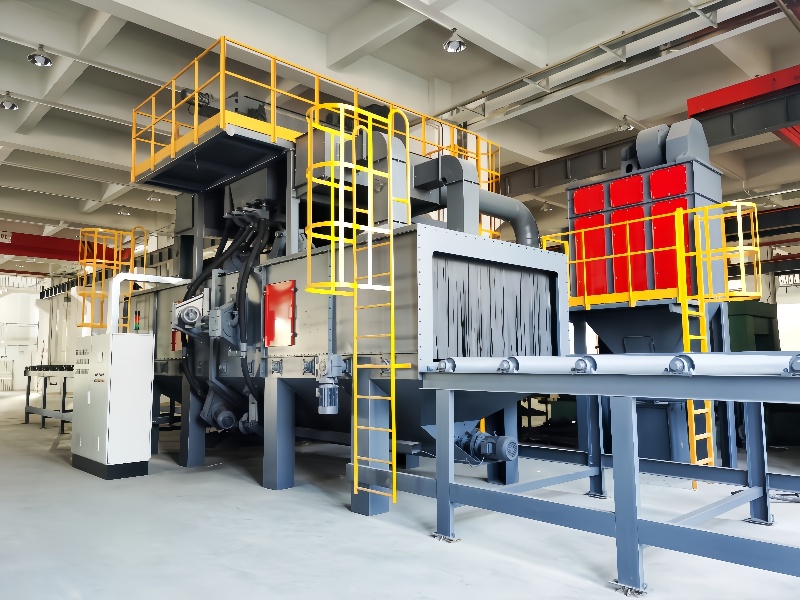
In the landscape of industrial surface preparation, the floor shot blaster has emerged as a critical solution for renovating and maintaining concrete, steel, and asphalt surfaces. China, a global leader in manufacturing innovation, has developed a sophisticated range of floor shot blasting machines that combine high efficiency, precision, and cost-effectiveness. These machines are designed to remove paint, rust, oil stains, and surface contaminants while creating a uniform texture that enhances adhesion for coatings, sealants, or overlays.
Floor shot blasters operate on the principle of propelling abrasive media at high velocity to clean and profile surfaces, making them indispensable in industries such as manufacturing plants, warehouses, airports, bridges, and parking garages. Chinese manufacturers have refined these machines to address the unique challenges of large-area surface treatment, integrating advanced mobility, automation, and dust control systems to meet the demanding needs of global construction and maintenance projects.

Rotary table shot blasting machines stand as a cornerstone of modern metal component processing, offering a versatile solution for batch-oriented surface treatment. These machines utilize a rotating platform (table) to expose workpieces to high-velocity abrasive media, enabling uniform cleaning, descaling, and surface enhancement. In industries ranging from automotive to aerospace, rotary table shot blasters have become indispensable for achieving consistent surface quality, improving mechanical properties, and preparing components for subsequent processes like painting, plating, or assembly.
The design of rotary table machines—characterized by their circular workflow and 360° workpiece exposure—distinguishes them from linear conveyor systems, making them ideal for complex geometries and varied part sizes. As global manufacturing demands increase for efficiency and precision, Chinese manufacturers have emerged as leaders in developing advanced rotary table shot blasting solutions, combining robust engineering with cutting-edge automation to meet international quality standards at competitive costs.
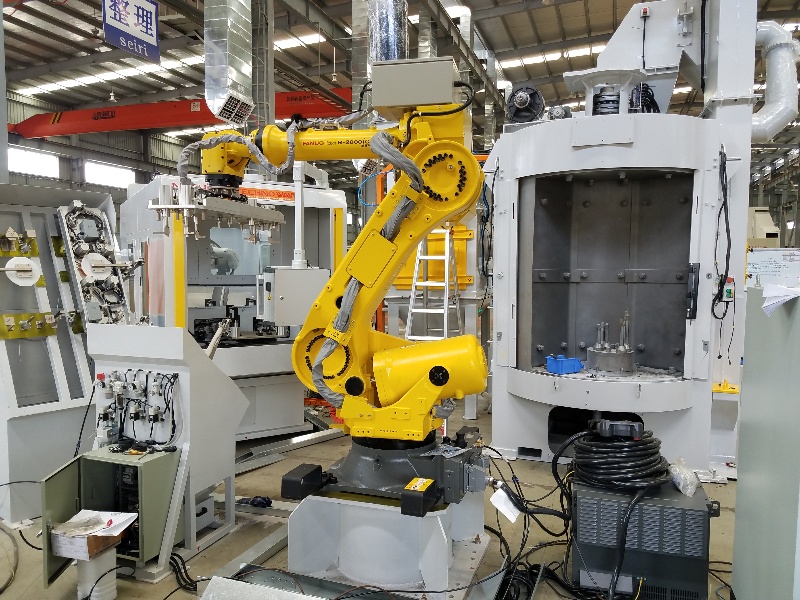
The SmartLine Rotary Table Shot Blast Machine represents a pinnacle of innovation in the field of surface treatment technology. Engineered with precision and designed for versatility, this machine has quickly become a preferred choice for industries ranging from automotive and aerospace to general manufacturing and foundry. Unlike generic rotary table shot blast machines, the SmartLine series is characterized by its advanced features, intelligent control systems, and superior performance, which together offer unparalleled efficiency and quality in surface treatment processes.
At its core, the SmartLine machine operates on the fundamental principle of shot blasting, where high velocity abrasive media is propelled onto the surface of workpieces to remove contaminants such as rust, paint, scale, and other impurities. The unique rotary table design of the SmartLine series allows for the simultaneous processing of multiple parts, ensuring uniform treatment and maximizing productivity. This introduction will set the stage for a detailed exploration of the machine's key features, applications, and technological advancements that distinguish it in the market.